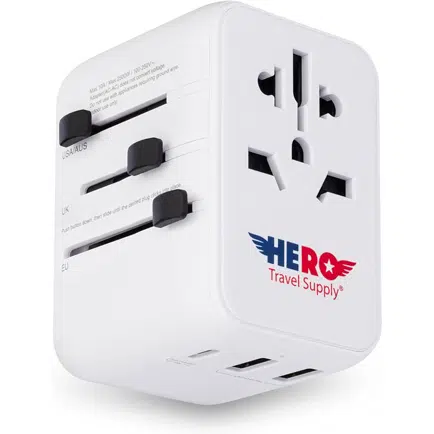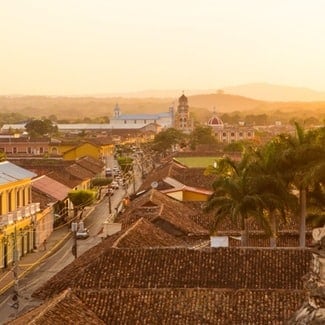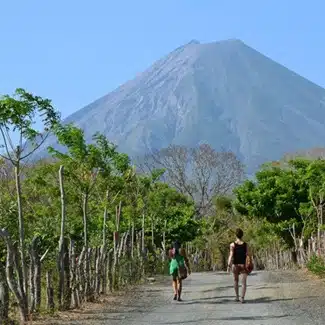Nicaragua is a country in Central America with beaches on the Caribbean and Pacific coasts, with hundreds of square miles of virgin rainforests, mist-shrouded volcanoes, and wild rivers and lakes. The country is a paradise for nature and animal lovers and is home to warm and hospitable people.
When you plan a trip to Nicaragua, it’s important to take the time to make sure that you’re properly prepared. In this article, we will focus on the electrical system in Nicaragua and answer your questions about the Nicaraguan power system, what to pack, as well as some FAQs about the country.


















 Compared to other Central American countries, Nicaragua generates the lowest amount of electricity and also has the lowest percentage of the population with access to electricity. 90% of the country is served by the National Interconnected System, and the remaining 10% rely on isolated generators for electricity. 75% of the electricity is still generated from petroleum, although the government is currently expanding the renewable energy sector. Other significant sources of electricity are geothermal, thermal, and hydroelectric.
Compared to other Central American countries, Nicaragua generates the lowest amount of electricity and also has the lowest percentage of the population with access to electricity. 90% of the country is served by the National Interconnected System, and the remaining 10% rely on isolated generators for electricity. 75% of the electricity is still generated from petroleum, although the government is currently expanding the renewable energy sector. Other significant sources of electricity are geothermal, thermal, and hydroelectric.



